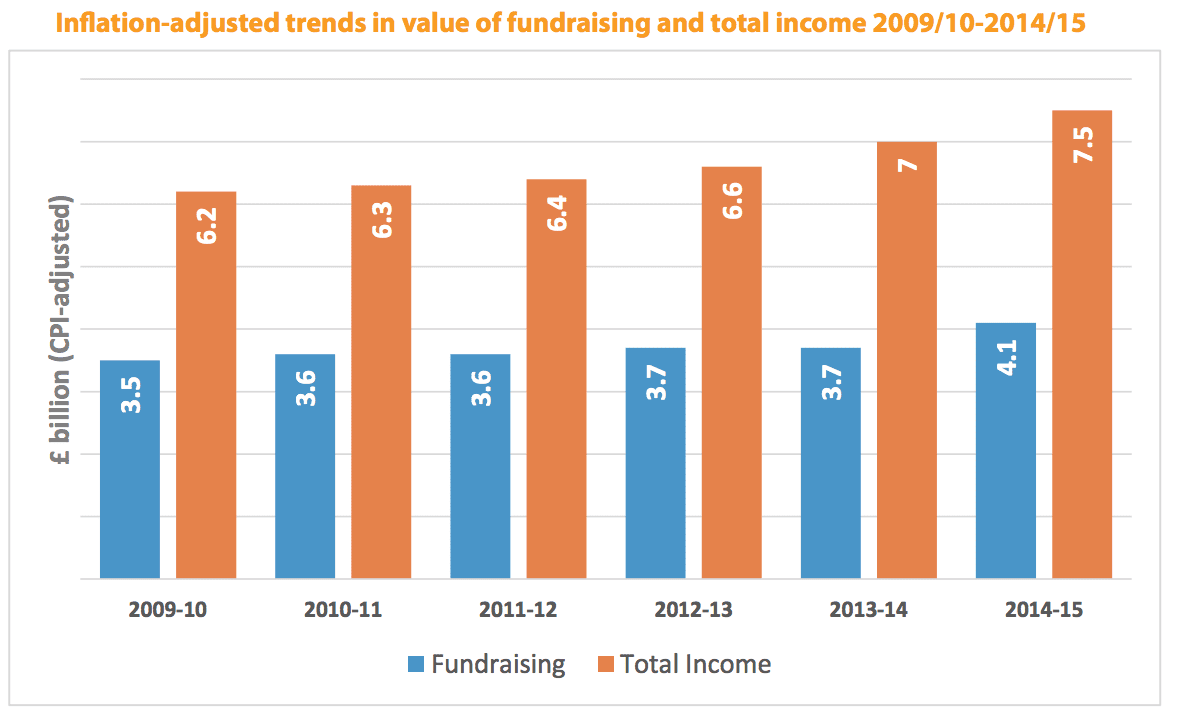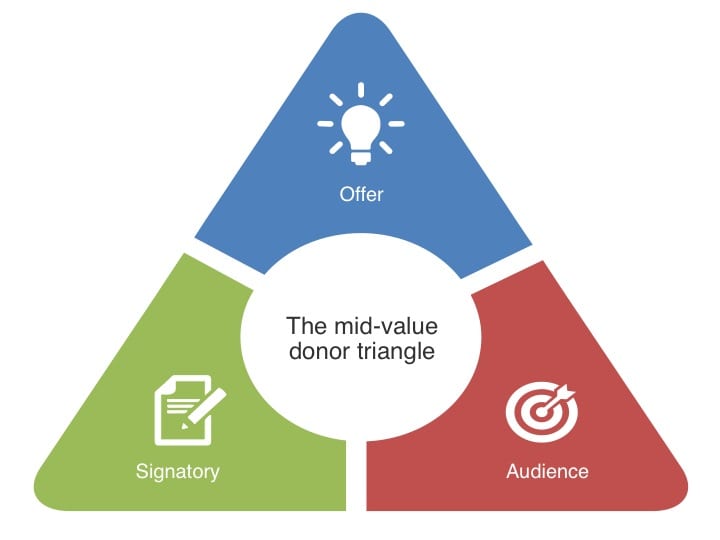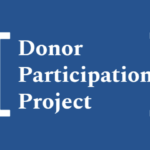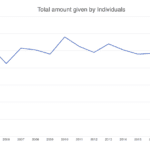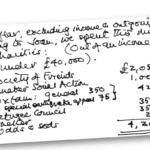Three things you need to get right in mid-value fundraising
There has been a surge of interest in mid-value fundraising over the last year, so I thought it might be worth sharing a few thoughts about the technique.
For those who don’t know, mid-value fundraising is a focused, engaging and highly personal version of direct marketing that asks wealthier (or more generous) people for gifts of between £250 and £5,000 ($500 to $10,000).
I’ve used this approach for appeals since way back in the early 1990s when I worked for YMCA England. We developed a cold mailing pack asking for £5,000 that generated an initial ROI of 15:1. But more importantly, the donors were exceptionally loyal (and often very generous). The highest gift that was ever given by a donor originally recruited by that first pack was £5,000,000.
So it’s a powerful technique. However, you need to use it with care.
As well as seeing plenty of successes, there have also been a few failures. And if you are thinking of testing whether it is right for you, you’ll need to know that it’s important that you get your approach right. To help, I thought I’d share the Bluefrog mid-value triangle that focuses on the three key elements we’ve found to be a major driver of success.
Audience
Who are you writing to? Get this wrong and you could be facing a disaster.
You can obviously source prospects from third-party list brokers, but they need to be squeaky clean in terms of accuracy. In the good old days you could get names from registers of share-holders and you were pretty certain just how wealthy they were. This is no longer the case. Nowadays, most lists of ‘wealthy’ individuals are compiled from a range of sources and sometimes those lists are not quite as good as you need them to be. At Bluefrog we aren’t currently engaged in any cold direct mail aimed at mid-value donors because of this risk.
This leaves you with your current supporter file. This is a great place to start but please remember, just because someone has given you a large gift once, it does not mean they will – or can – again. We’ve had to develop some very sophisticated propensity models to identify those donors who can afford to give more and actually want to.
So, be very careful who you ask. Many large gifts from individuals could well be the result of in-memoriam collections or community fundraising activities. So look out for unusual amounts in your data. Anything like £870, £2,145 or even £2,783.48 should raise alarm bells – particularly if you’ve never asked for gifts of that specific size before. If in doubt, call the donor up and ask why they gave before you mail them again. It can save a great deal of upset.
And, on the other side of the coin, if someone gave a large gift once and they were dropped into your standard mailing programme or passed to the high value team where they were lost because they hadn’t given quite enough, they may not have a very high opinion of your charity. The sudden appearance of appropriate asks – even in a very good mailing pack – may not actually be noticed or welcomed. All is not necessarily lost, but you may have to kick-start the relationship again before making a request for a significant sum as the donor may well feel unappreciated or unrecognised.
Further to this point, a regular mistake that people make is to mail this pack solely to high value donors that the major donor team has been unable to motivate to give. Don’t! You need engaged donors for this to work well. If you aren’t willing to focus on your best donors, don’t even test it.
Signatory
Who asks matters. I’ve seen a change in signatory to an appeal dramatically improve and dramatically reduce income on more than one occasion. Your CEO is not always the best person to sign your letter. Wealthier people are much more likely to give if someone they know – or know of – asks for their help. This is particularly true if that person moves in the same social circles as the potential donor or works in the same industry.
And remember, you don’t always need to restrict yourself to one signatory. A mid-value mailing can include more than one letter or even have multiple signatories.
Offer
Why you need the money is very important. A general appeal for unrestricted funds is highly unlikely to work. You have to feature projects that a donor will be interested in and be inspired by. I’ve seen mid-value appeals fail because an initial project that sounded exciting was watered down to the point that it failed to convince a donor that their money would do anything useful at all.
Even if you are focusing on a real project, choose it with care. Not all projects are equally valuable to a donor. Try to focus on work that you know they will want to fund. You need something that will excite and engage. For example, funding the training and equipping of a rural health worker is highly likely to generate a much better response than training an urban social worker in rights’ provision.
Once a mid-value donor is engaged they may well give you unrestricted funds, but, it is highly unlikely this will happen with the first mid-value gift. So focus on the donor’s specific needs first. And remember, with appropriate treatment, they may even move to regular giving, but only after a relationship exists.
Is it for you?
If you still think the mid-value approach is right for you and your charity, please test first. A mid-value focus can dramatically change the relationship your donors have with you. And once it works, you can even use your appeals for donors who have given smaller gifts as well. It also helps to have a custom landing page as increasing numbers of mid-value donors may well be prompted to give by a mailing, but the process of giving is often undertaken online.
My final advice is to move forward carefully, particularly if you can’t meet every requirement in the triangle. Asking for a large gift will make you stand out from the crowd. Just make sure it is in a good way.


